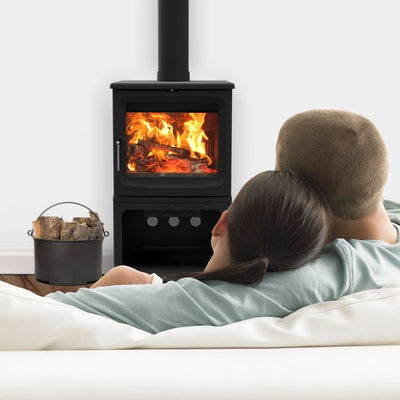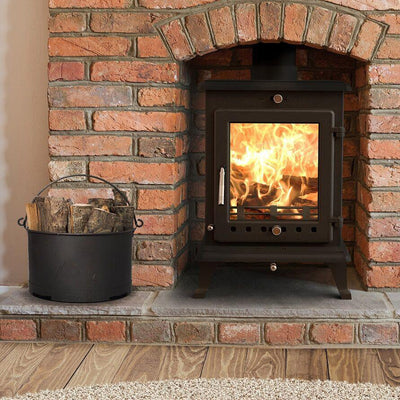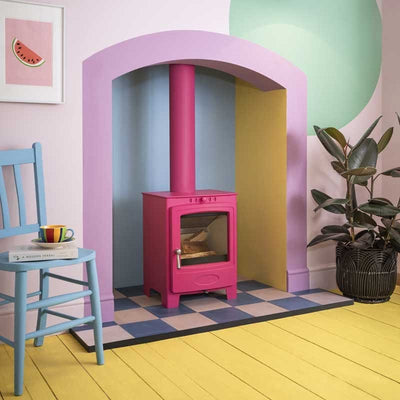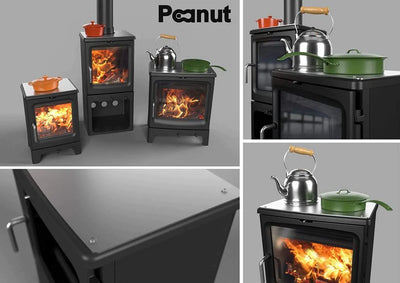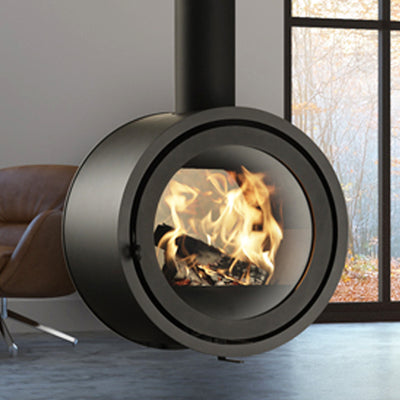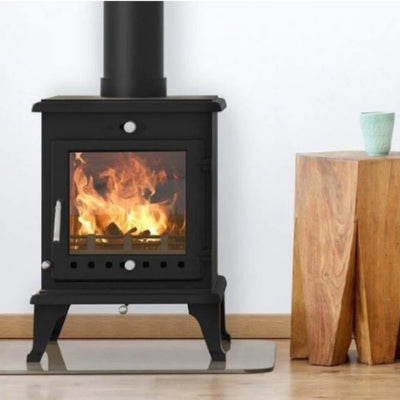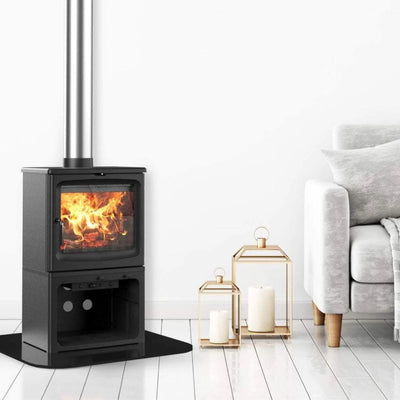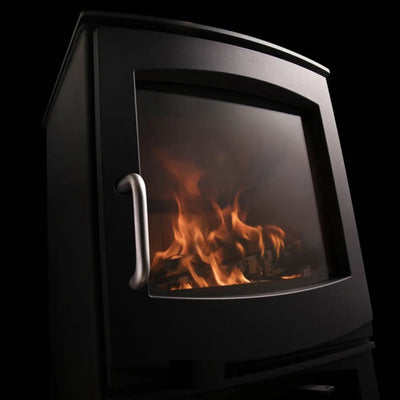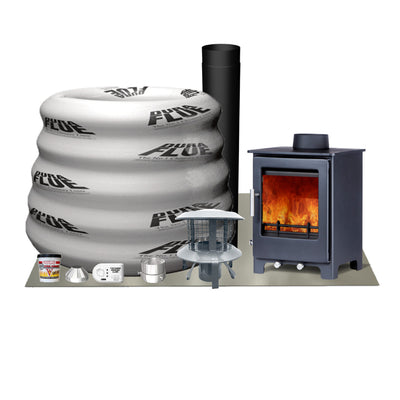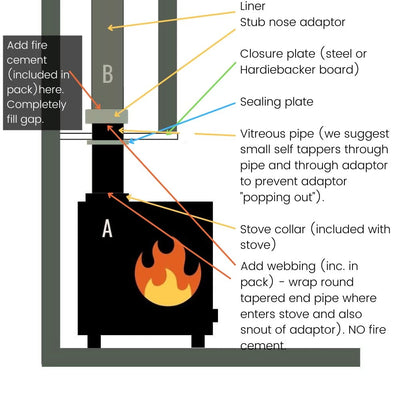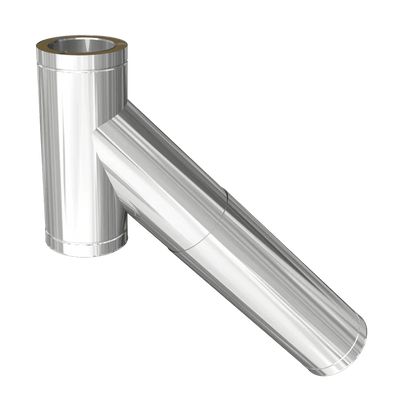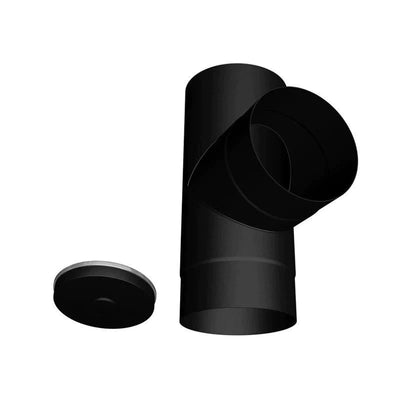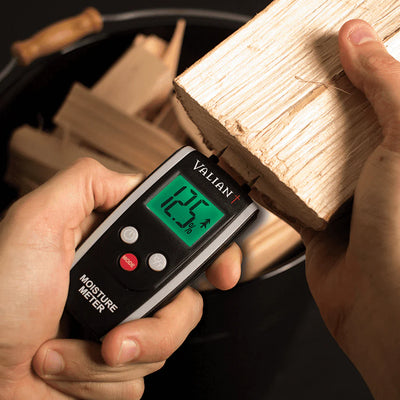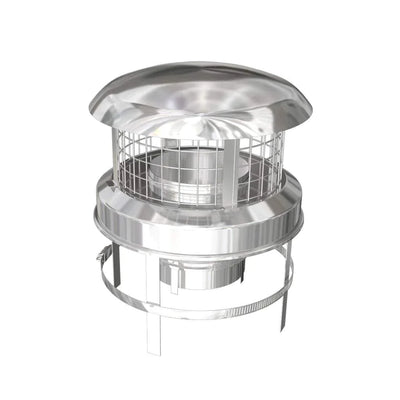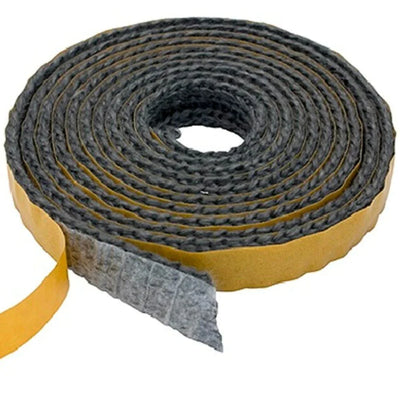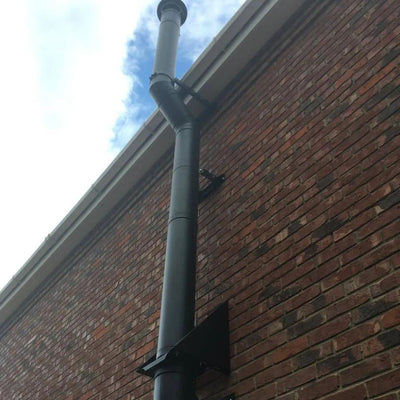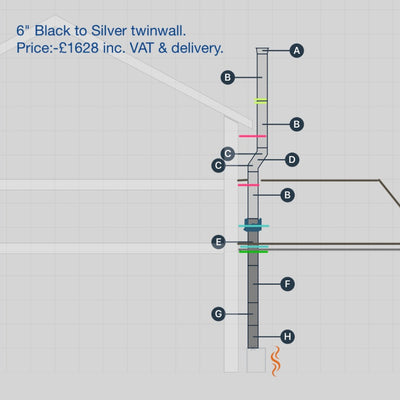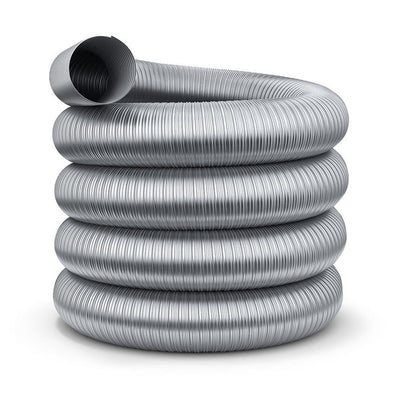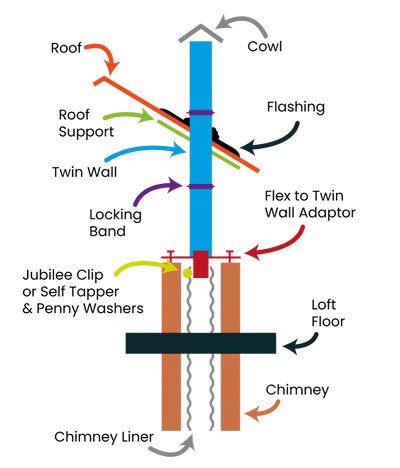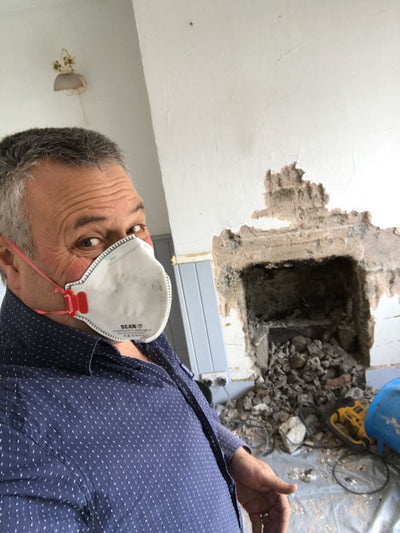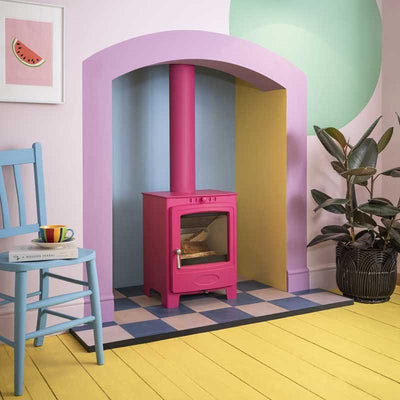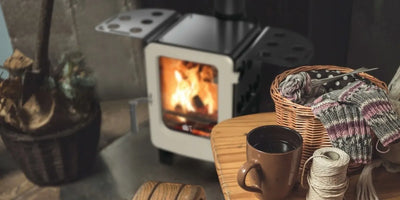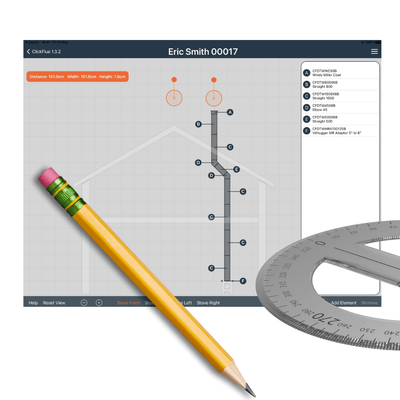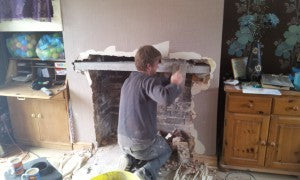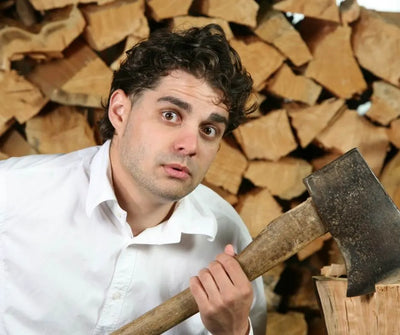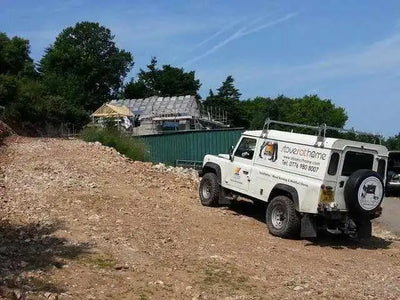Can I fit my own wood burning stove?
5 mins
Can I fit my own wood burning stove?
How easy is it to complete your own log burner installation?

If you're on this page, you're probably already asking, can I complete my own log burner installation? The Answer? Yes - you can do it. There I’ve said it. I’ll say it again. You can do it.
The image on this page is of a self-installed DG Ivar 5.
Answer YES to “Can I fit my own wood burning stove?”.
If you have the patience to read the relevant sections of The Stovefitter's Manual then you can do it.
If you are fit enough to hold a drill and sling a few bricks around then you can do it.
You may also be thinking, is it legal to install my own wood burning stove without using a professional? Yes you can legally do it yourself! Every year thousands do it!
If you have the time and the energy you can do it.
If you can fill in a Building Control Form you can do it.
If you are happy up a ladder you can do it.
If installing in a shed or garage or garden room then then there are no rules (if the outbuilding is classed as non-habitable as in nobody lives in it.
It is not rocket science.
You can almost always hire ladders, cat ladders locally for very reasonable rates and safety harnesses and safety lanyards are available very cheaply online.
Even if you do not fit the stove - you can do all the other stuff - create hearth/fireplace etc. That is the time consuming part.
Legally can I install my own log burner?
Yes you can legally complete a log burner installation! We have a detailed article on the subject of self installing and the regulations and this is your go to read.
Give me some motivation!
Here’s an email I got from William:
“Hello Julian, I am 66 years old, always loved DIY projects. Never fitted a log burning stove before, but with the aid of your web site, which is so comprehensive, easy to read, with a nice, personal touch to it, it made the job do-able. I did it all myself, except the heavy bits and getting the flu liner in, but I have to stress that without your web site I don’t think I would have tackled it. The building inspector passed it fit for use yesterday, so I’m going to celebrate this weekend with a bottle of bubbly. Many Thanks — William!”
Fitting a chimney liner worry you? TOP TIP > choose a stove that will accept a 5″ liner as these skinny tubes slide down 99% of chimneys with ease.
Climbing ladders a stumbling point? TOP TIP > Pay a roofer for half a days work – just tell him what to do.
Fitting a "clip-together twin wall chimney"? Let us design it for you.
Purchase your stove/materials from this site and I’ll be there for you if you have any questions. See something you are not sure of? Just call me (or take a pic and email me).
I have met many people who fitted their own stoves. I met one person who installed a stove and a full wet system, radiators the lot – with no prior knowledge.
Together… we can do it.
Julian Patrick
We have a detailed article on the subject of self installing and the regulations and this is your go to read.
More from self-installers...
You can see many more amongst our many hundreds of reviews
Hi Julian. The stove is now fitted and has been signed off. All work carried out by me apart from someone helping drop the liner and fit the cowls (I don’t like heights!). Thanks again, Matt.
I really found your manual site exceptionally well laid out and written for us DIY people. A local HETAS fitter allowed me to do some of the work under his supervision and I now have a legal and beautiful stove. Many thanks for your assistance and concern. I have several envious people interested now in installing a stove, nothing like a real fire to get people going, so I am recommending your site to all. Well one and again Thankyou.
I ordered my stove, 8 metres of stainless 904 liner and the excellent fitting pack from The Stove Fitters Warehouse – and I’ve been staggered how simple the whole process has been. I did every part of this installation myself, from removing a redundant back boiler and stone fireplace, to opening out the builders opening, installing the liner and fitting the stove. The manual online which Julian has carefully crafted is absolutely brilliant. I’ve already recommended to a friend of mine. It was 20 degrees outside yesterday on a warm June afternoon, but it didn’t stop me lighting up the stove for the first time. Wow, tremendous heat output and flame picture. Amazed at just how good the fireball effect looks. Regards David
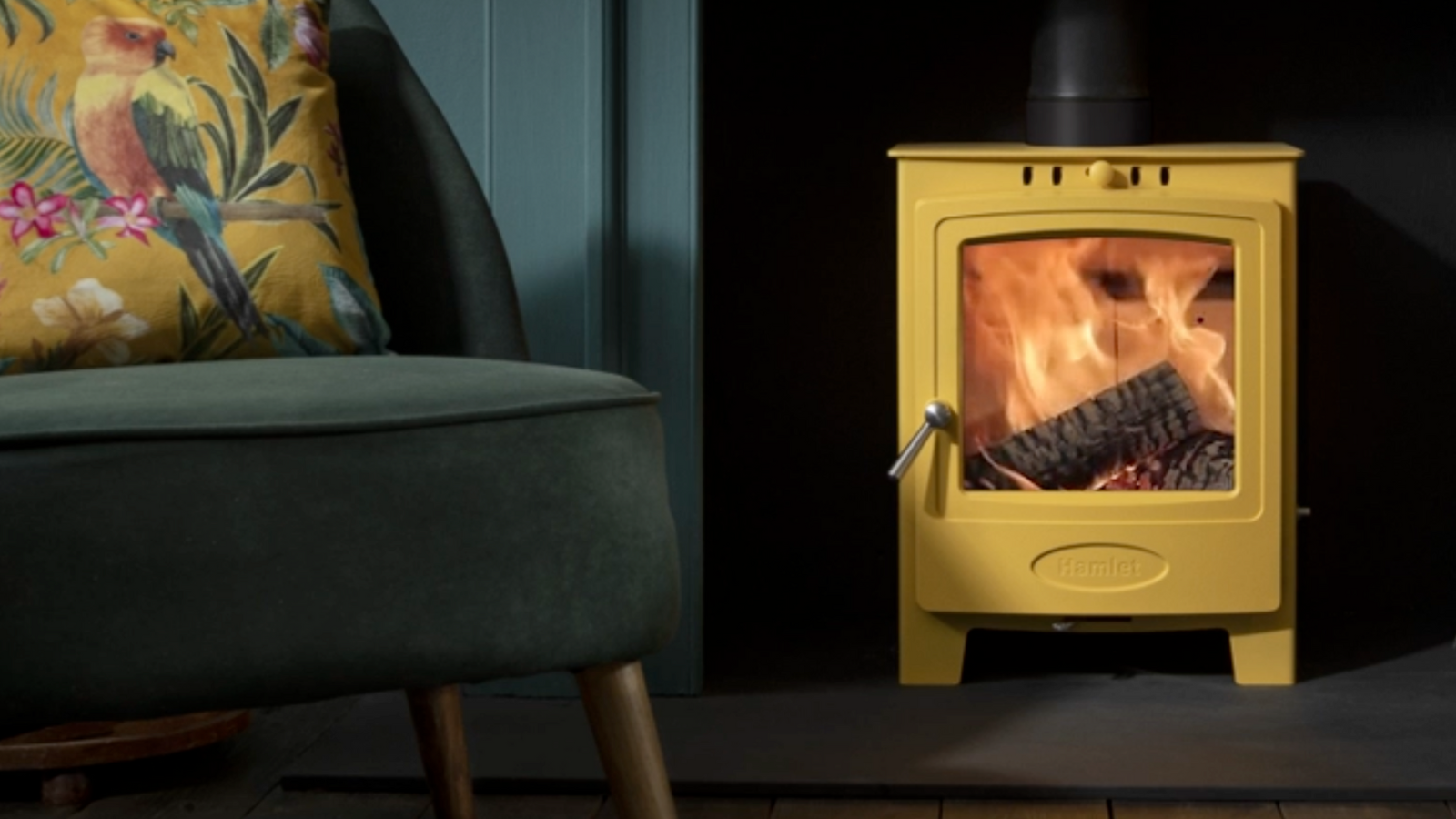
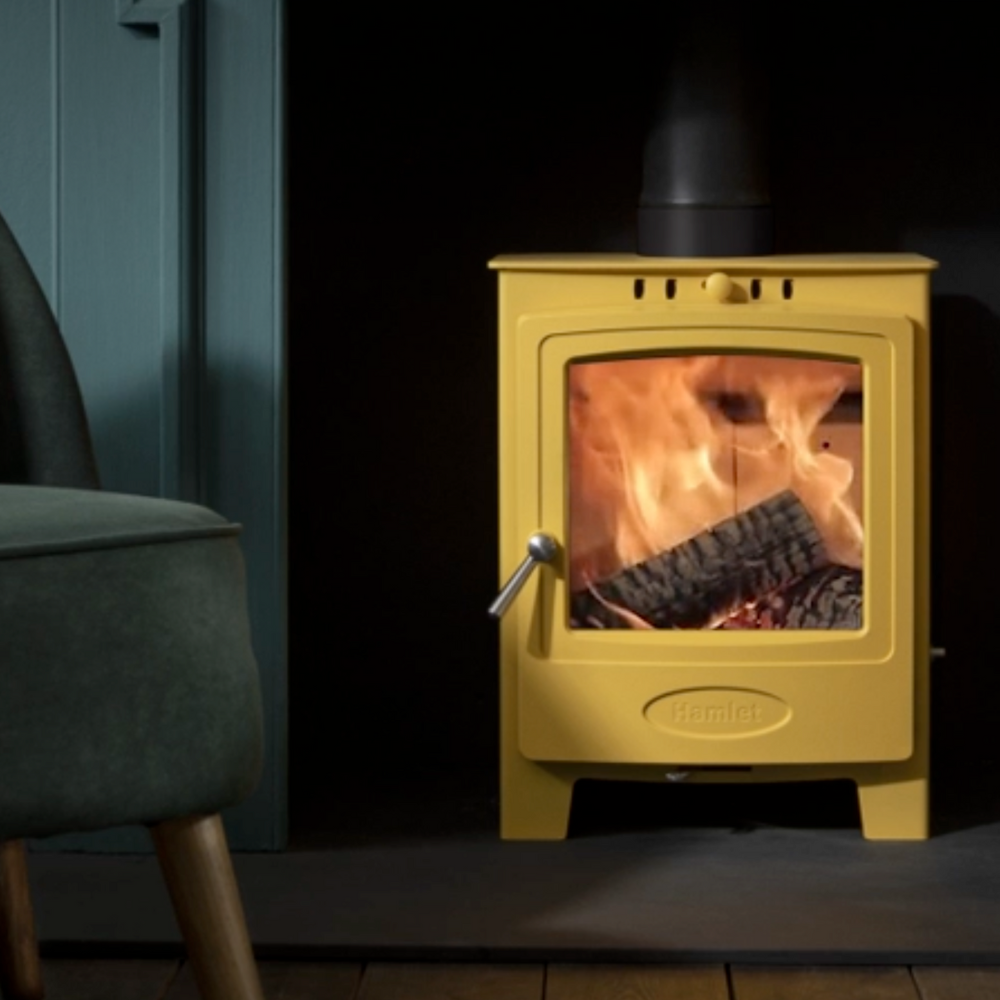
Installing a twin wall chimney - what do I need?


Installing a stove in a fireplace - what do I need?
FAQs
See all FAQsCosts correct as of April 2023:
Approx. costs if you have a chimney and fireplace ready to use: £750-£1,000 (save £500 by self-installing).
Approx. costs if you have a chimney but need the fireplace "opening up": £1,600-£2,200 (save £1200 by self-installing).
Approx. costs if you do not have a chimney and need a clip-together flue: Shed £475-£700. Bungalow £1500. 2-storey house £2500. Save £1,000-£1400 by self-installing.
Above figures include labour and materials but no appliance.
We, of course, advise you to purchase your stove and materials from Stovefitter's to ensure quality goods are installed (some installers use budget materials to increase margin). If you buy your stove from us (rather than your local small shop or installer) we have a lot more power when approaching manufacturer's with a warranty issue. Why is that? Because we buy many hundreds of stoves a year from these brands.
We do not fit stoves.
But we know a few who do!
Google: Hetas installers
Hetas are the trade body of registered UK installers.
Most installations will require that you slide a chimney liner down your chimney (flexible metal tube 5" or 6" in diameter). Do you have a narrow chimney and want to lessen the risk that a liner might not go down your chimney? Then make sure your chosen stove can use a 5" liner.
Must I line my chimney? Best read this article but most likely the answer is yes. Do I have to fit a chimney liner?
DEFRA-Exempt wood burning stoves with a 5″ collar can usually be fitted to a five inch liner rather than the usual 6″ minimum, making the installer's job much less stressful.
ALL OF THE 5KW STOVES WE SELL CAN BE FITTED TO A 5" CHIMNEY LINER.
I seriously suggest any self installer fits a 5" liner unless they know their chimney is large enough for a 6"!
What is the best chimney liner? Silvacore 904 (we sell it so of course we will say that ;-). What is the best chimney liner?
Useful links
Will your stove require an air vent within the room (some stone walls are very difficult to drill)?
5kW or under and wood burning stoves often do not require an air vent (new builds always require an air vent).
Useful links
What is the maximum output in kW of your "5kW" wood burning stove? The majority of manufacturers just specify the “nominal output” and this figure means very little in real life. The nominal is a figure the manufacturer chooses to sell the stove at - the stove is capable of reaching at least this output with one fuel load. Nominal means "capable of". But it is not the maximum.
Check out the size of the area where the logs will go (firebox size) as this varies enormously. The kW output is completely dependant on the amount of logs burning at any one time - more logs burning equals more heat. If you can fit three logs in stove A and just two logs in stove B then stove A will be capable of throwing out 33% more heat.
DO NOT TRUST MANUFACTURERS’ kW RATINGS as manufacturers specify what output they desire to sell the stove at and testing allows for much “playing with the figures”. This is why you can get very small 5kW stoves (e.g. Aga Little Wenlock) and very large 5kW stoves (e.g. DG Ivar 5 by Dik Geurts which is actually rated 5kW but has a MUCH larger firebox than the Ekol Crystal 5 by Ekol Stoves). A Crystal 5k might get to 5kW and not be capable of any higher whilst a DG Ivar, despite being rated at 5kW, can get to 8kW with a full fuel load.
Note that, over time, one might damage the internal firebricks of a stove by running at a higher load than the manufacturer's suggest. Firebricks are easily replaceable.
Useful links
Will your wood burning stove fit in your recess WITH the required air gaps around it? This is obviously not an issue if your stove will be freestanding.
Air gaps to non-combustible materials (brick, stone etc.) are usually "as close as you like" legally but manufacturers will sometimes specify a recommendation. This recommendation is there to allow heat to escape from the recess into the room - so you get the heat benefit rather than the heat soaking into the building structure and being lost. If no gap to non-combustibles recommended then we suggest 50-100mm air gap left and right of stove, 50mm behind and 100mm above.
Are you in a Smoke Control Area (usually built up areas)?
Choose your stove accordingly.
A stove must be DEFRA-Approved if you wish to burn wood in a smoke control area.
ALL OF THE STOVES WE SELL ARE DEFRA APPROVED FOR SMOKE CONTROL AREAS.
In simple terms if a stove has an efficiency rating of 70% then 30% of the heat from your logs goes up the chimney.
If a stove has an efficiency rating of 90% then only 10% goes up the chimney.
So think of this in terms of how many logs you have to chop/buy.
Example: A Saltfire Peanut 5 by Saltfire Stoves in Dorset has an efficiciency of 80%.
A tall chimney (6m or more) that is lined will be happy with an efficient stove.
Efficiency importance can be said to be overrated and anything between 75% and 85% is fine. Go much higher and performance can actually suffer (smoke in room when opening door to reload, blackening of glass).
Many modern stoves can go on 12mm thick hearths. Others require full, 5″ thick constructional hearths. All of the stoves we sell state whether or not a 12mm hearth is suitable.More about hearths for wood stoves here.
Helpful links
Can you can talk to somebody on the phone should you need to after the wood burning stove has been delivered, especially if you are self installing? Will the staff at “wesellzillionsofstoves.com” be able to assist with any installation issues? What if there are any problems after install?
Do yourself a favour before ordering stoves or materials on the Internet: Go to Trustpilot and type in the company name before you buy. Some companies advertising at the top of search engines are not good news - check for yourself.
When striving to find thebest 5kW wood burning stovesyou will likely be bewildered by the choice. There are many to choose from. The question I get asked most in our shop is “why should I pay <£1,000> for this one when this other one is just <£500>?”. Here is the very simple answer:the cheaper wood stoves are made in Chinaor Eastern Europe whilst the more expensive are made in Western Europe (or sometimes the USA). Here are a few examples where a more expensive stove might excel over a cheaper stove:
- Aesthetics (more time spent on design)
- Hinges (sometimes hidden on more expensive stoves)
- Better quality glass
- Thicker steel (longer life)
- Improved door locking mechanisms
- Longer warranty
- Improved controllabilty of flame due to more resource invested on design of air flow within stove
- Brushed steel fittings instead of cheapy chrome look
Open and close the door on a cheap Chinese stove. Then open and close the door on a DG stove, Arada stoves, Woodford stoves, Hamlet stoves or Saltfire stoves. You’ll understand the difference.
Stove pricing reminds me of wine pricing. A £20 bottle of wine is not double the quality of a £10 bottle of wine (the drinking experience might be improved by 20% as an example). We are talking “the law of diminishing returns here. They are all “fire in a metal box” at the end of the day.
Yes. However, there are specific regulations and restrictions in place to address air pollution concerns, particularly in areas designated as Smoke Control Areas. In these areas, only approved "smokeless" fuels or exempt appliances, such as Defra-approved wood-burning stoves, can be used. These stoves are designed to burn wood more efficiently and produce fewer emissions.
All the stoves we sell are DEFRA approved and Eco-design approved and suitable for all areas of the UK.
Other articles you may find useful
The Stovefitter's Manual
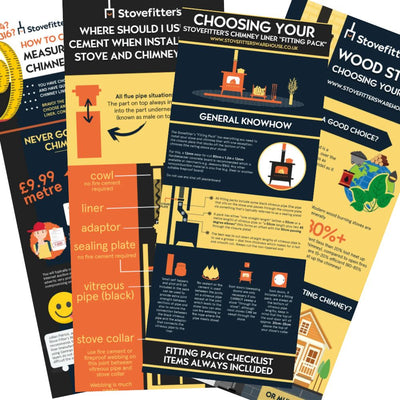
Infographics for wood burning stove purchase and install
Infographics

Quick links: Legal stuff. Installer list. Building regs etc.
Rules & regulations
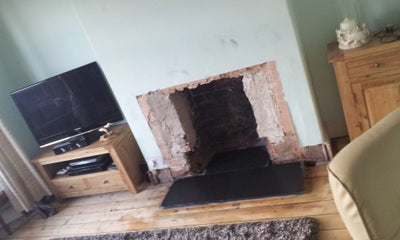
Quick links: Hearths
DIY Guides
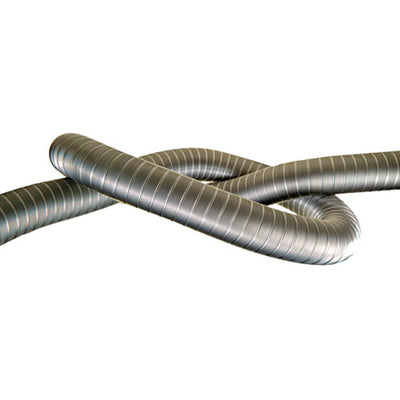
Quick links: Chimney lining
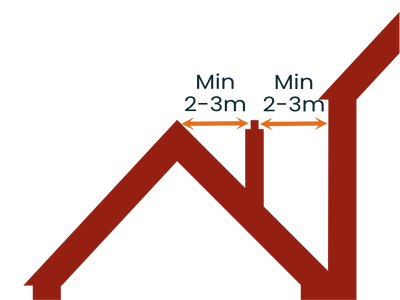
Quick links: Chimney design
DIY Guides
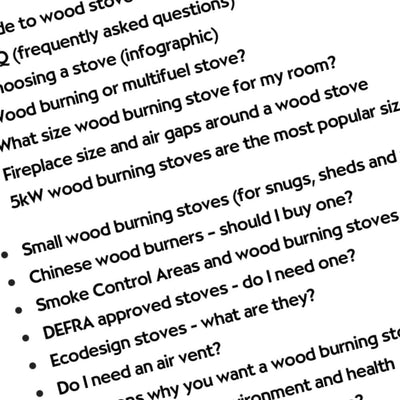
Quick links: Choosing a stove
Buying Guides
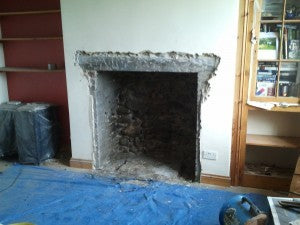
Quick links: opening up a fireplace and making good
DIY Guides
Terminology
View all TerminologyA stainless steel tube, slides down a brick/stone chimney to provide a smooth and safe route for smoke.
All of our stoves are approved by DEFRA to burn wood in all UK locations including Smoke Control Areas (towns and cities). Not all stoves are, so be careful if buying elsewhere.
All of our stoves are ECODESIGN approved to be sold in the UK. Not all stoves are, so be careful if buying elsewhere. ECODESIGN is mandatory by law since January 2022.
The base your stove sits on.
If the chimney is the polo mint then the flue is the hole.
Buying guides
The Stovefitter's Manual

How to choose a wood burning stove for your property (includes infographic)
Infographics

What size wood stove do I need? Don't let manufacturers fool you!
Buying Guides
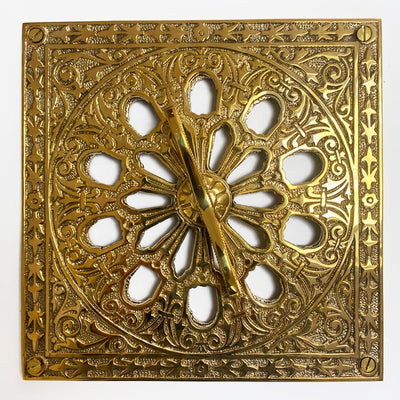
Do I need an air vent for a wood burning stove? If I do not bother?
Buying & DIY

Knowledge Tree: Process of buying and installing a wood burning stove
Buying & DIY
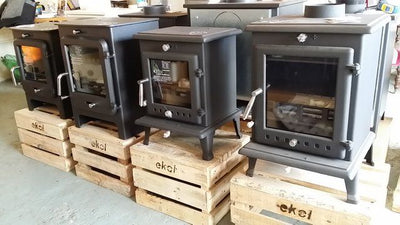
Chinese wood burners – should I buy one or are they all crap?
Buying Guides

What else do I need to buy to install a wood burning stove?
DIY Guides

Infographics for wood burning stove purchase and install
Infographics
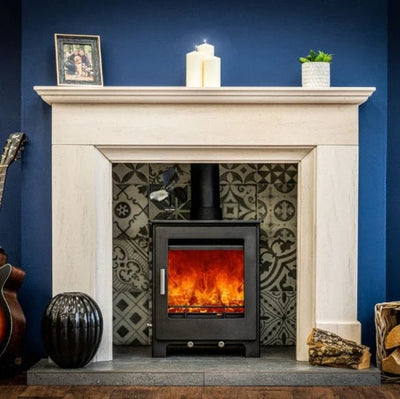
Wood burning or multifuel stove? A stove fitter decides.
Buying Guides
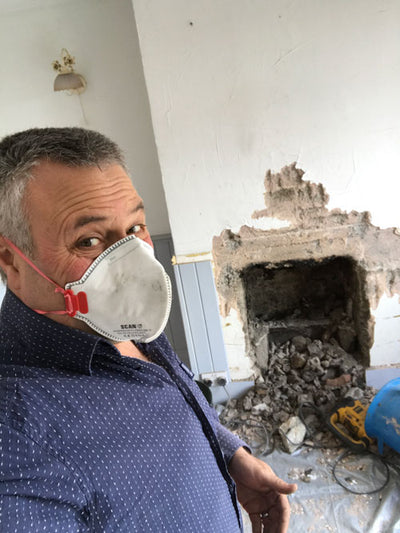
A few words from Julian
Buying & DIY
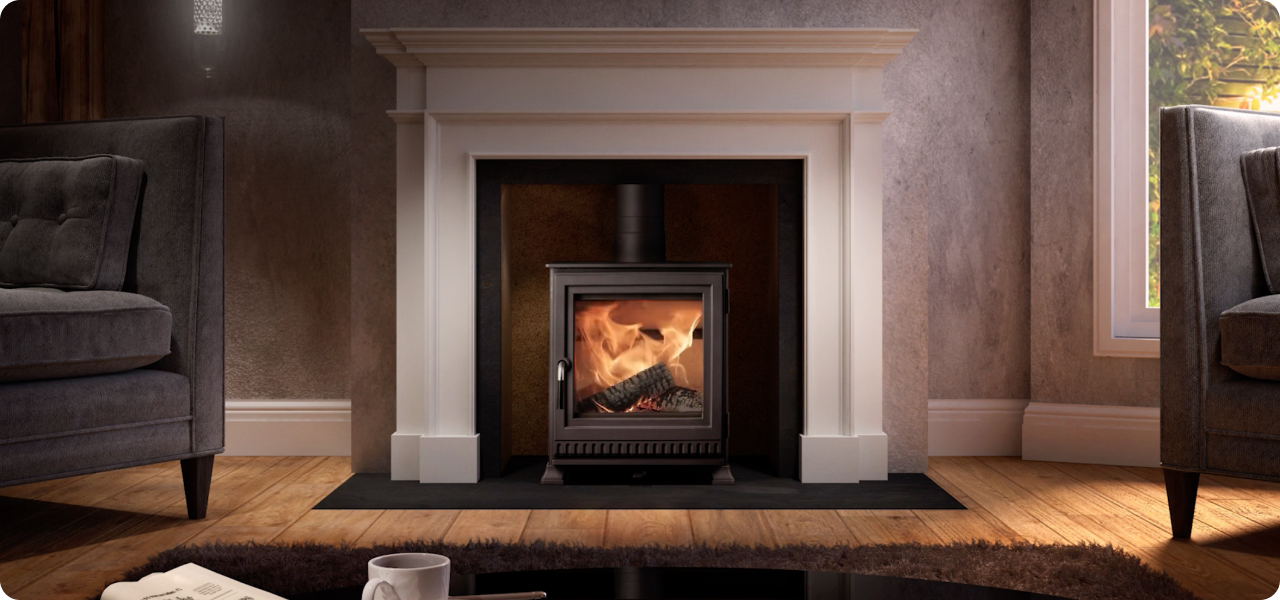
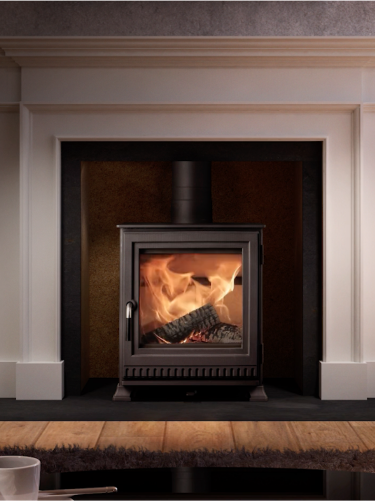
Find my perfect stove
Answer 3 simple questions and we will show you the best Stoves for your space.

